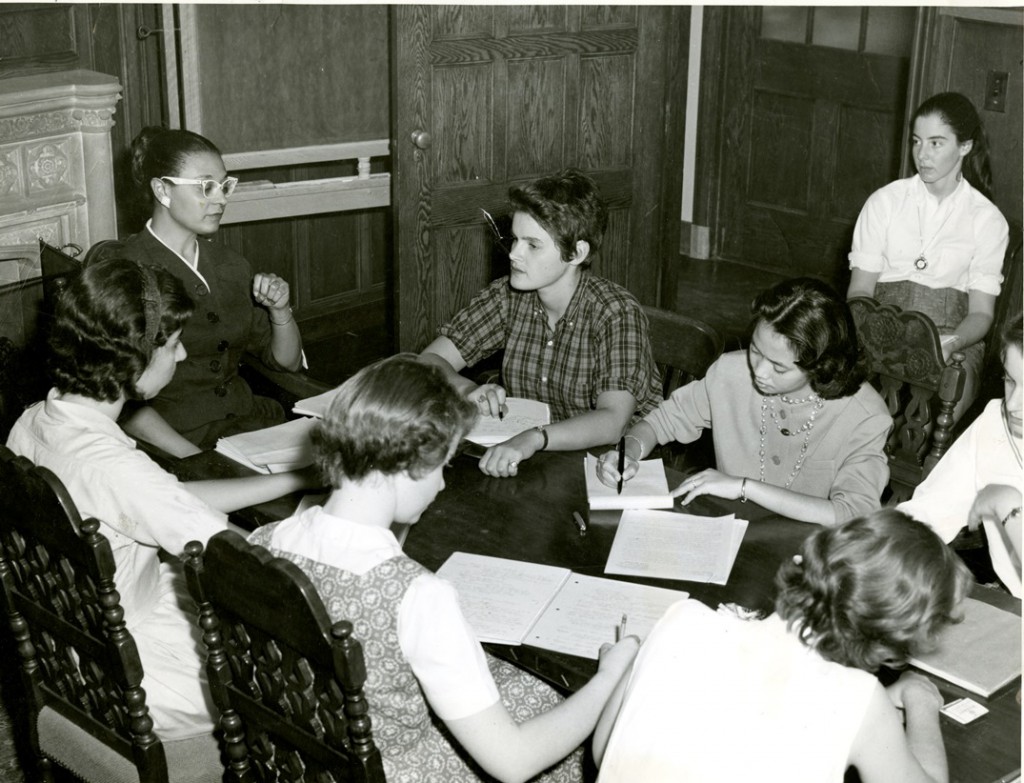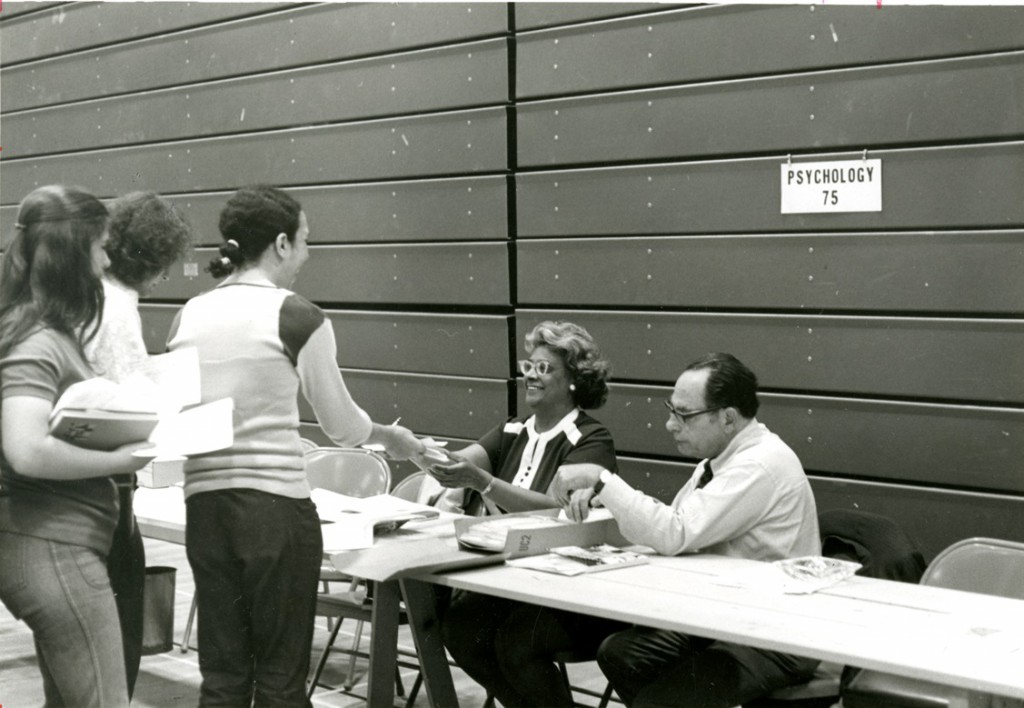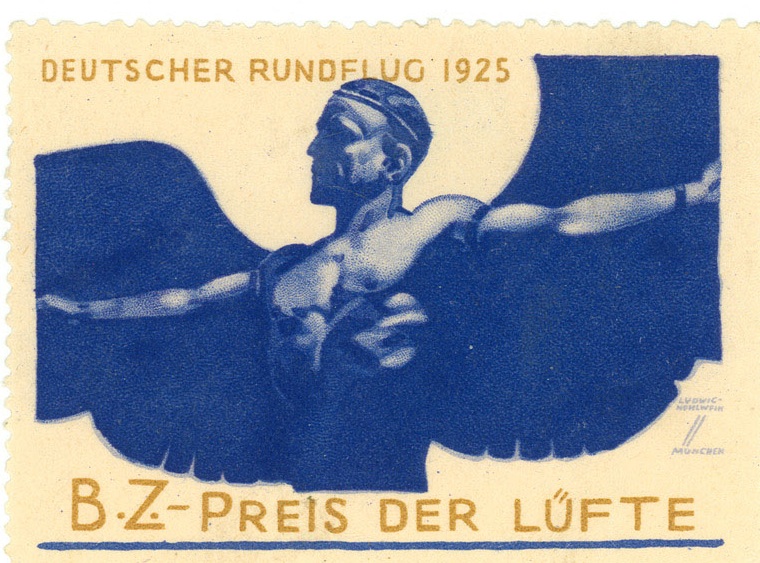Black History Month is winding down, but before it goes, here are a few words about Vassar College’s first Black faculty. I say “a few” words because I’ve had some difficulty finding much in the documentary record. The first Black person to teach at Vassar was English professor and poet Sterling Brown. There is a lot of information on Professor Brown (post coming soon!), but Brown was a visiting professor. In March of 1945, he came to campus to speak about his book, A Negro Looks at the South (which was not actually published until 2007). He was so popular, he was offered a visiting professorship for the following fall in the English Department. He accepted that offer, then returned for a second semester in the fall of 1946. But the first Black tenure-track faculty member didn’t arrive for another 9 years.
Psychology professor, Henrietta T. Smith came to Vassar as an Instructor in the fall of 1954. She achieved status as full professor in 1968, and was named the Margaret Stiles Halleck Chair of Social Sciences in 1973. Professor Smith was not just the first Black professor on campus, she was also the first Black woman to teach on campus. It seems like we should have reams of information on her, right? Well, we don’t. There are a number of possible reasons for this, but as of right now, no reasonable excuses. Below is a listing of what we do know about Professor Smith.
– Born 9 December 1925 in Huntsville, Alabama
– BA and MA, University of Cincinnati, 1946, 1948
– Ph.D. Radcliffe, 1953
– Assistant Professor of Psychology at Allen University, Columbia, SC, 1947-1949 and 1953-1954
– Research Assistant, Harvard Graduate School, Education Department, 1951-1953
– Began teaching in the VC Psychology Department, 1954
– Named the Margaret Stiles Halleck Chair of Social Sciences, 1973
– Chaired VC Nursery School Committee, 1985-1988
– In her early years, lived in Kendrick, Cushing, the Rombout House, and later purchased a home on Vassar Lake Drive
– Retired in 1990
– In addition to her work at Vassar, Smith also served as a trustee at Marist College and Manhattan Marymount College.
– She was a member of all the expected psychology and professional organizations as well as the Committee on Equality of Opportunity in Psychology, APA, 1977-1980 and the Commission on Higher Education, Middle States Association, 1983-1986.
– Her research interests included the perception and acquisition of sex role behaviors and values in young children, “the education of deprived children,” the psychology of Elizabeth I of Great Britain, and the psychological development of adults over 30 and under 65.
– Died in 2002.
So there’s the data. No pithy quotes, no anecdotes. If you can help fill in some of the missing story please be in touch. Any information would be greatly appreciated. Contact information is available here: http://specialcollections.vassar.edu/staff



